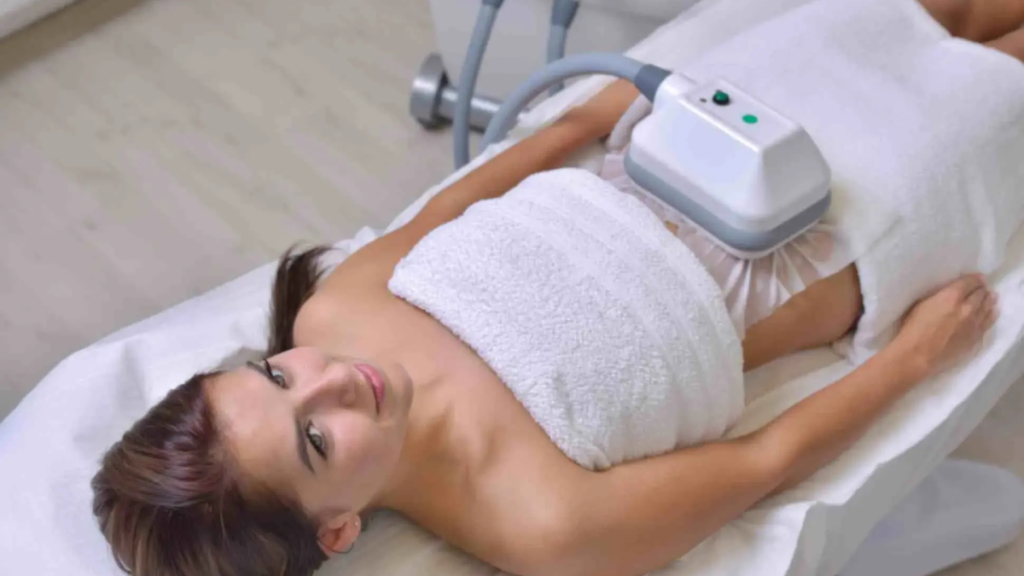Cryolipolysis, commonly known as fat freezing, is a popular non-invasive alternative to fat-removal treatments like liposuction. However, although it is non-invasive, it is still a cosmetic procedure, and it’s important to familiarise yourself with the facts before going ahead with it, just like you would with any other. This article answers essential background questions about the procedure.
What Is Fat Freezing?
The fat freezing procedure is based on a very simple scientific observation, which is that fat cells are more vulnerable to low temperatures than the tissues that surround them. This means that if you subject part of your body to gradually colder temperatures, fat cells would be the first to die. You could then stop before the other cells are damaged. This is essentially what happens during the procedure.
Does It Actually Work?
While you can find plenty of before and after photos online, you might be wondering whether there is any scientific evidence that cryolipolysis works. The answer is yes, and it has been shown to reduce fat in treated areas by up to 25%. But the keyword there is “treated areas.” It is not a treatment for overall fat reduction and only reduces fat in targeted areas. It’s a contouring treatment, not a weight-loss method.
How Much Does Fat Freezing Cost?
The cost of the treatment varies based on the number of sessions needed to meet your goals, the location and reputation of the clinic, and the size of the area you want treated. Generally, you can expect treatment prices in Australia to fall between $600 and $1,200. Some clinics offer discounts if you book multiple sessions upfront.
What Happens During the Procedure?
One session typically takes between 30 minutes and one hour. You’ll be asked to sit or lie down while a gel pad and applicator is placed on the area you want to target. The applicator then gently applies suction to the area to hold it in place before lowering the temperature. The temperature in the area will drop to a level sufficient to freeze fat cells without harming the other tissue around them.
Is Any Downtime Needed for Recovery?
Downtime is not usually needed, although it is standard to advise patients to avoid intense exercise for the first 24 hours. However, you are safe to return to work, your usual daily activities, and light exercise. Even during the treatment itself, many people read or work if their position allows it. It’s worth bearing in mind, however, that there may be mild side effects. These can include redness, swelling, or numbness in the treated area.
Is CoolSculpting the Same Thing?
CoolSculpting is technically the name of the brand that makes the machines used in cryolipolysis, but it is widely used to refer to the procedure itself. You can treat them as synonyms in almost all cases.
Conclusion
Fat freezing offers a fast, safe, and effective way to target stubborn fat deposits that are limiting your look. Now that you know how it works and what happens during the procedure, you’ll have a better understanding when you read reviews or consult with clinics. This allows you to make an informed choice about whether it’s right for you.

